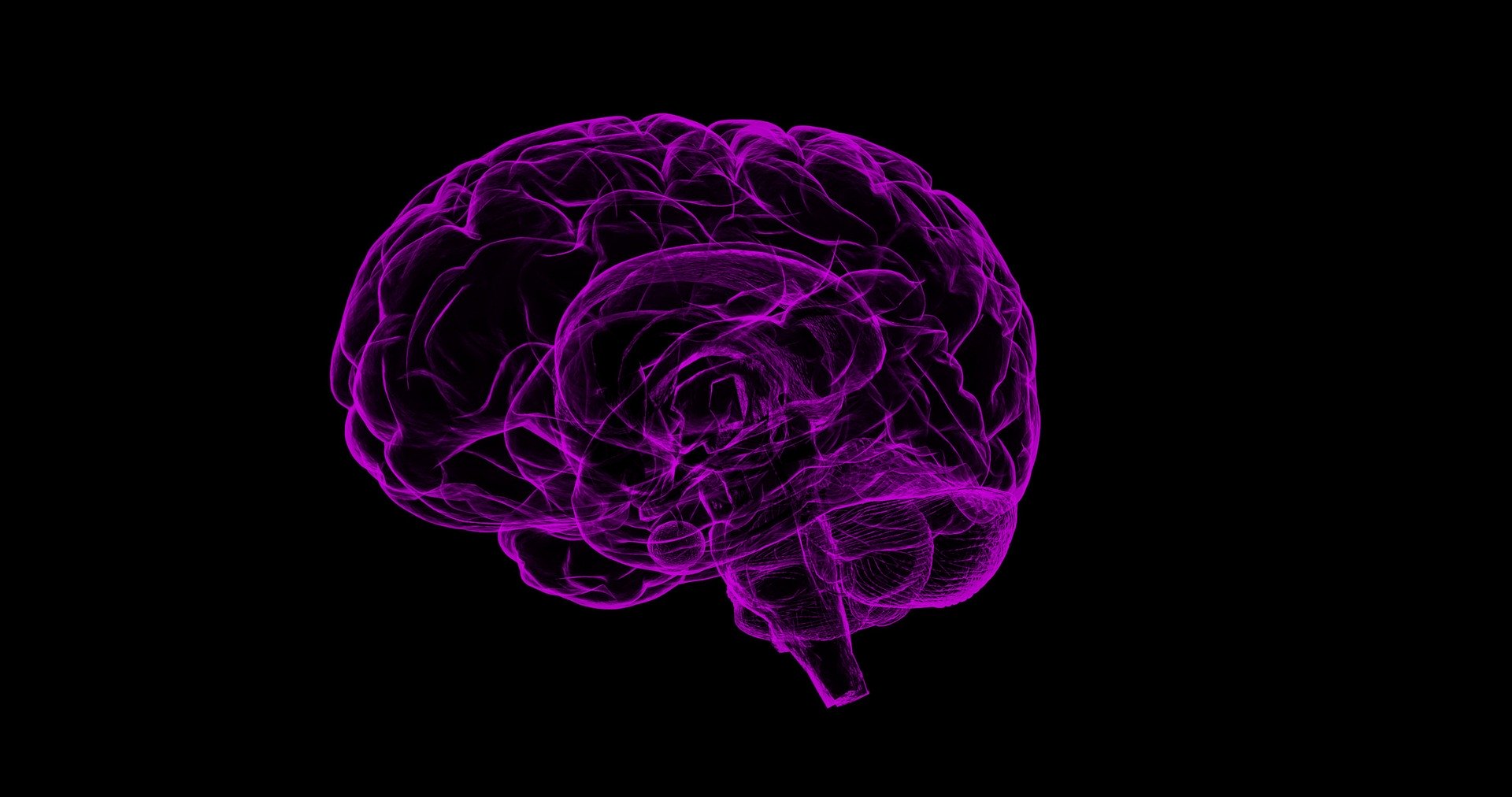BNA Annual General Meeting 2025
1st April 2025
17th Feb 2022
Recent research published in the British Neuroscience Association (BNA) journal, Brain and Neuroscience Advances, finds objective behavioral markers of “urgency” – the tendency to react impulsively to powerful emotions – a shared risk factor for nearly all psychiatric disorders.
Urgency refers to the trait-like tendency to experience emotion-triggered impulsivity, which is typically measured using self-rated questionnaires.
self-rated questionnaires.
For example, someone who characterizes themselves as “high” in negative urgency might strongly agree with the following statement: “When I feel bad, I will often do things I later regret in order to make myself feel better now.”
People who rate themselves highly on this personality characteristic are more likely to develop a host of distinct psychological problems, including those associated with other (non-emotional) forms of impulsivity, like aggression and substance use issues, as well as those that do not typically involve impulsive behavior, such as anxiety, depression, psychosis, and self-harm.
Given its wide-ranging influence on mental health outcomes, some psychological scientists have proposed that urgency might reflect generalized vulnerability to psychiatric illness, rather than elevating risk specifically for any particular disorder.
Despite its role in many different psychopathological conditions, little is known about the neurocognitive underpinnings of urgency; in other words, how individual differences in objectively measurable brain-behavior relationships contribute to the expression of this personality trait.
urgency; in other words, how individual differences in objectively measurable brain-behavior relationships contribute to the expression of this personality trait.
Prior investigations have linked urgency to poor response inhibition, or impaired effortful control over motor impulses, identified using computerized behavioral tests.
However, in this study, a team of collaborators from UC Berkeley, Harvard University, Brown Medical School, and Oberlin College examined a new type of computerized behavioral test designed to assess emotional response inhibition: the ability to suppress or terminate motor impulses triggered by reflexive emotional reactions to evocative images depicting positive, negative, and ambiguous (or neutral) scenes.
The researchers gathered data from 450 adults – including 150 hospitalized psychiatric inpatients – who performed this “emotional stop-signal task”, which asked them to respond to the affective content of each image (presented in rapid succession) by pressing either a “positive” or a “negative” button, corresponding to their “gut reaction”. Crucially, the test occasionally and unpredictably requires participants to inhibit their emotional reaction and accompanying motor response on a subset of trials containing a “stop-signal”, a warning buzzer presented almost immediately after a target image. The study's authors consider false alarms on these stop trials to reflect deficits in positive or negative emotional response inhibition, depending on the valence of the image and the incorrect response.
Dr. J.D. Allen, a Visiting Scholar at Berkeley and lead author on the study, summarizes their findings: “Our results suggest that this novel test produces reliable, objective estimates of hypothesized mechanisms underlying self-reported urgency, which might manifest behaviorally as impaired emotional response inhibition. For example, we found remarkable consistency in people’s task performance when they were evaluated twice, even after an interim period of up to six months.
"We also found robust correlations between people’s subjective self-assessment of urgency and their objective behavior on the task: Individuals who reported high levels of negative urgency were particularly likely to demonstrate deficits in negative emotional response inhibition, or the ability to control negative reactions to unpleasant images."
“This work has important implications for assessing vulnerability to psychopathology,” according to Dr. Allen, “and ultimately, such findings could be used to inform new treatment approaches that directly target the neurocognitive mechanisms contributing to urgency and psychiatric risk.”
Click here to read the full article: Allen, K. J. D. et al. (2021) ‘Validation of an emotional stop-signal task to probe individual differences in emotional response inhibition: Relationships with positive and negative urgency’, Brain and Neuroscience Advances. doi: 10.1177/23982128211058269.
About Brain and Neuroscience Advances
Brain and Neuroscience Advances is a peer-reviewed, open-access journal, which publishes high quality translational and clinical articles from all neuroscience disciplines; including molecular, cellular, systems, behavioural and cognitive investigations.
The journal welcomes submissions in basic, translational and/or clinical neuroscience. Research papers should present novel, empirical results that are expected to be of interest to a broad spectrum of neuroscientists working in the laboratory, field or clinic.
Brain and Neuroscience Advances is now indexed in PubMed Central.
Never miss the latest BNA news and opportunities: sign up for our newsletter